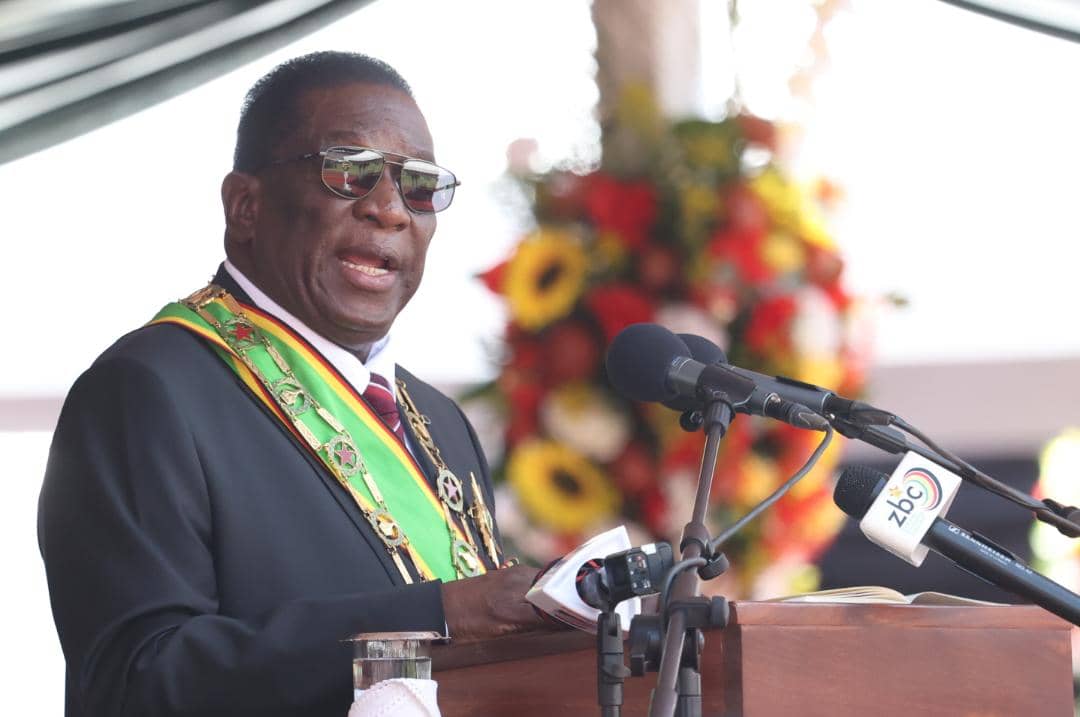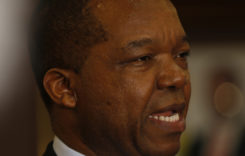President Emmerson Mnangagwa was sworn in as President of Zimbabwe on September 4, marking the beginning of his second and final five-year term, according to the national constitution.
What are the next key steps?
Forming Government
After being sworn in, the President must appoint a Cabinet, the executive arm of the Government.
Section 91(1) of the Zimbabwe Constitution requires the President to appoint not more than two Vice Presidents, who must also take their oath of office before the Chief Justice or most senior judge available. A Vice Presidential candidate should be a person who qualifies for election as President.
In Section 92 of the 2013 Constitution, there was a clause providing for a running mate in elections for the presidency. A running mate is a Vice President who is elected alongside a President, and is not an appointee of the President.
However, Constitutional Amendments adopted in 2021 removed the running mate clause.
Appointment of Ministers
Section 104 of the Constitution empowers the President to appoint Ministers and assign functions to them, including the administration of any Act of Parliament or of any Ministry or department.
The President may appoint Deputy Ministers to assist Ministers in the exercise of their duties. Ministers and Deputy Ministers are appointed from among Senators or Members of the National Assembly. But the president can choose up to seven others from outside Parliament, for their professional skills and competence.
Ministers and Deputy Ministers who are not Members of the Zimbabwe Parliament may sit and debate in the Senate or the National Assembly, but not vote.
Before assuming office, a person appointed as Minister or Deputy Minister must take an appropriate oath before the President.
A Zimbabwe Cabinet consists of the President, as head of the government, Vice Presidents and such Ministers as the President may appoint to the Cabinet.
Cabinet meetings are chaired by the President or, in his or her absence, by a Vice-President or, in their absence, by a Senior Minister, so empowered.
Swearing-in of Parliament
Because the President has to pick his Cabinet from Parliamentarians, Parliament has to be sworn in first before he can constitute his team of Ministers.
Opening of Parliament
At a later stage, the President should preside over the official opening of the 10th Parliament of Zimbabwe. At this ceremony, the President sets out the legislative agenda for the session. The presiding officers of Parliament — including the Speaker and the President of the Senate —- are elected by legislators at the first sitting.
Sources:
- https://www.veritaszim.net/node/6427
- https://parlzim.gov.zw/national-assembly/
- Zimbabwe Constitution 2013
Related content:
Do you want to use our content? Click Here












